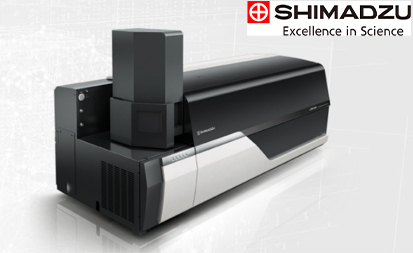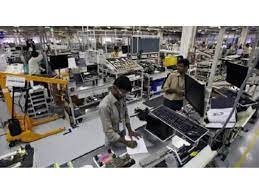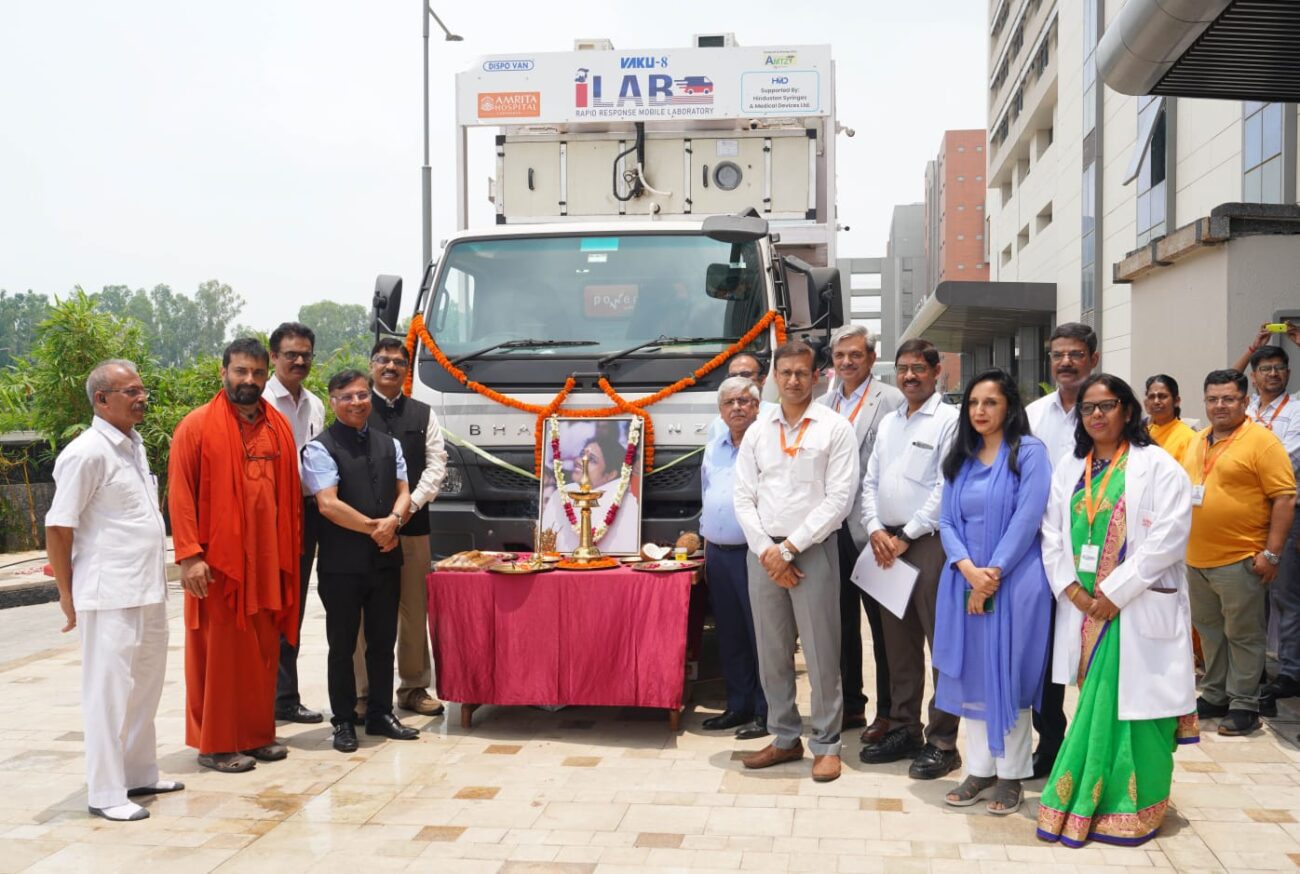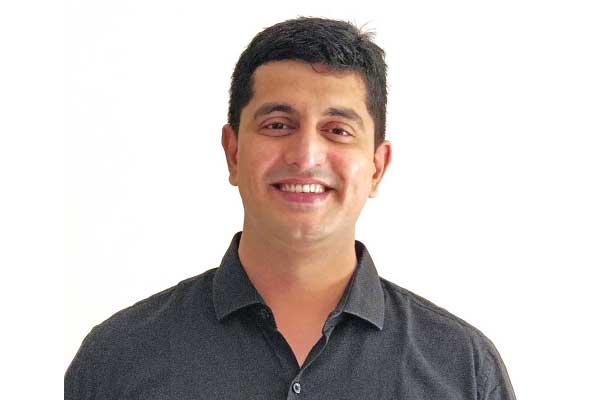The New Vistas in Medical Device & Diagnostics sector in India
The advancement of mass spectrometry (MS) technology along with the development of new applications has accelerated the incorporation of MS into more areas of IVD (In-vitro diagnostics). Due to which in a clinical laboratory, the

The advancement of mass spectrometry (MS) technology along with the development of new applications has accelerated the incorporation of MS into more areas of IVD (In-vitro diagnostics). Due to which in a clinical laboratory, the various types of MS have been explored as powerful analytical tool for conformation.
Invention of electrospray ionization (ESI) and matrix-assisted laser desorption/ionization (MALDI) technique were undoubtedly the milestones in the history of mass spectrometry (MS), fully deserving the Nobel Prize awarded in year 2002. ESI enabled high-efficiency ionization directly from a liquid phase, which made liquid chromatography mass spectrometry (LCMS) the most sensitive and quantitative method for a wide variety of applications. On the other hand, MALDI enabled direct ionization of biomolecules and significantly reduced the sample preparation burden for analyses requiring high throughput. Whilst advancements in mass spectroscopic techniques have continuously improved the quality of data, it was the new ionization method that drastically changed the landscape of MS applications.
In this regard, the latest technology has the potential to pioneer new types of applications with the new ionization interface. The technique successfully incorporates the best of both worlds; high ionization efficiency of ESI and simplicity of MALDI. This was achieved by using an ultrafine needle to take an extremely small volume of sample on its surface and subsequently applying high voltage to the needle to imitate an ESI probe. The applied voltage allows electron transfer from the solvent and causes migration of solute as well as solvent towards the needle-tip by electrostatic repulsion, which eventually form a jet of nano-droplets and a Taylor cone like observed in a normal ESI process. The new ionization technique was named Probe-ESI (PESI).
PESI technology implemented, is characterized by the microscopic sampling volume and high sensitivity for the amount sampled. In a typical application, compounds at a low ng/mL concentration range can be readily detected, in which case the actual abundance of compound subjected to MS can be as small as a few attograms. For this, such technique can be a robust solution for the routine analysis of high-complexity matrices like serum, plasma, as contamination of MS hardware can be perfectly mitigated. Moreover, direct sampling from solid samples causing minimal destruction might enable new applications such as real-time analysis of live tissues or cells as well.
Preparations to analyze blood, it only requires dilution and mixing with ethanol followed by centrifugation. Analysis can be started immediately by collecting the supernatant and adding 10 μL to a sample plate. Using the special PESI MS software, select the respective method for probe control and mass spectrometry, and click the measurement start button to obtain results in few minutes. Data is checked and analyzed using LCMS software. There is no need to prepare solvents and columns and double-check quantities before measurements. Anyone can immediately and easily perform measurements with the PESI-MS.
Since ionization is based on ESI, the PESI can be used for many different analyses. Especially, in case where testing needs to be completed in shortest possible turn around time, for example, drugs in forensic specimens. It also helps in case of low sample size availability for example in ex vivo Brain or liver Metabolomics studies. In recent time, PESI has shown compatibility with Quadrupole Time Of Flight (Q-TOF) mass spectrometers, enabling high-resolution mass spectrometry as well.
PESI has made a cutting edge over other techniques for rapid testing and screening. The cost of such advanced techniques are exorbitant but due to the advantages of ultrahigh speed, sensitivity and capability to handle heavy workloads with minimum sample volume as well as bare minimum sample processing the returns on investment can be recovered easily. The future of PESI is promising and is unquestionably exciting.






